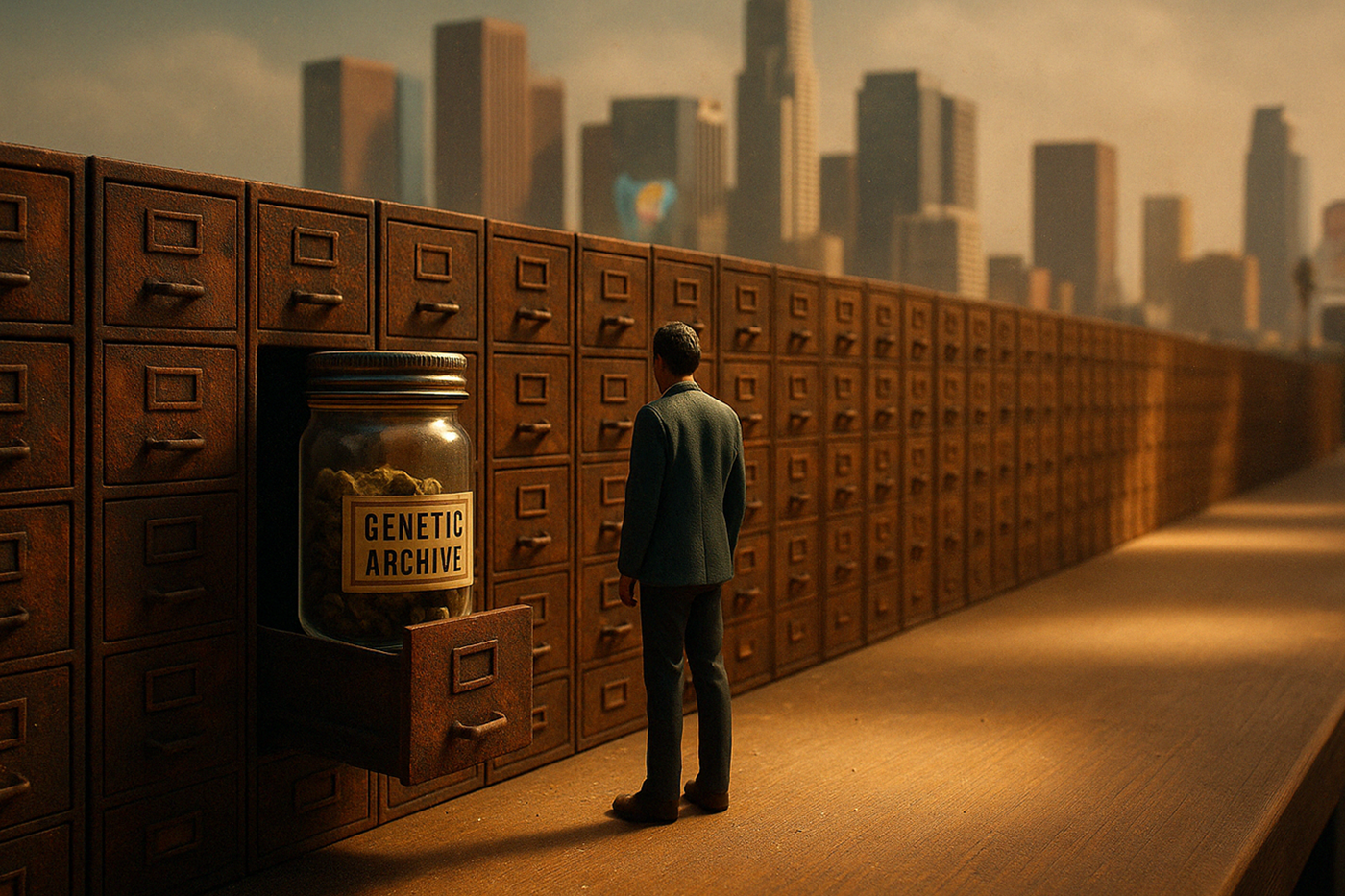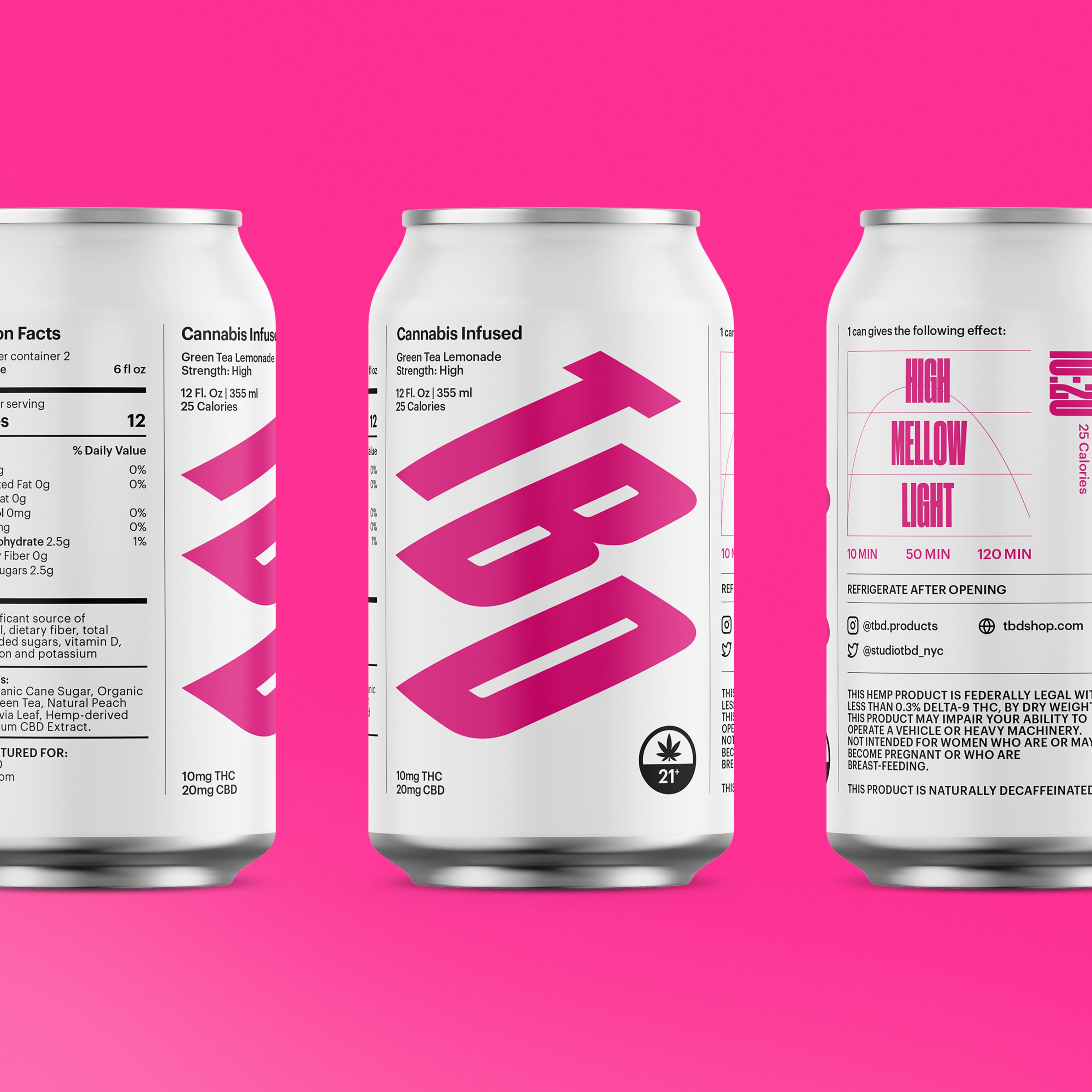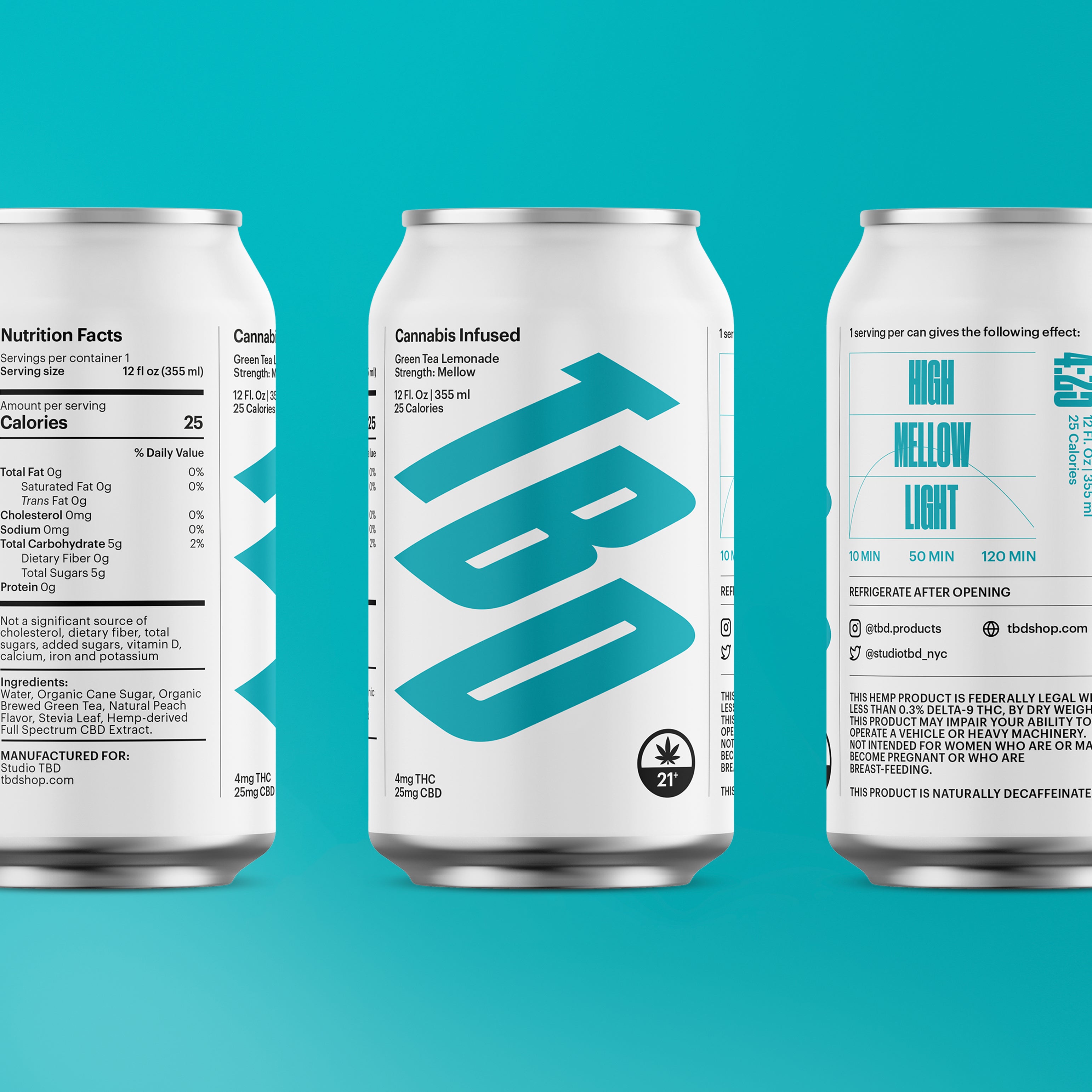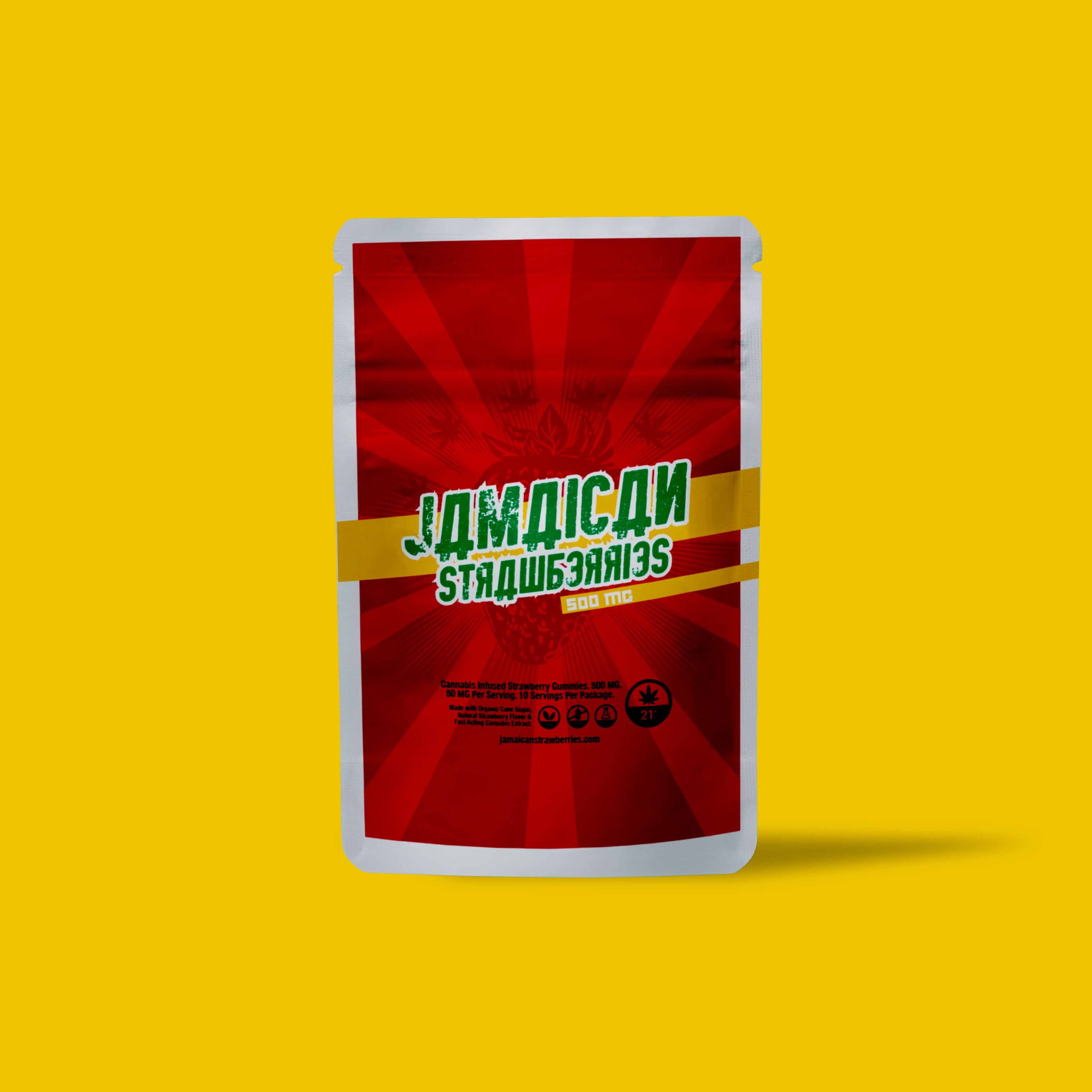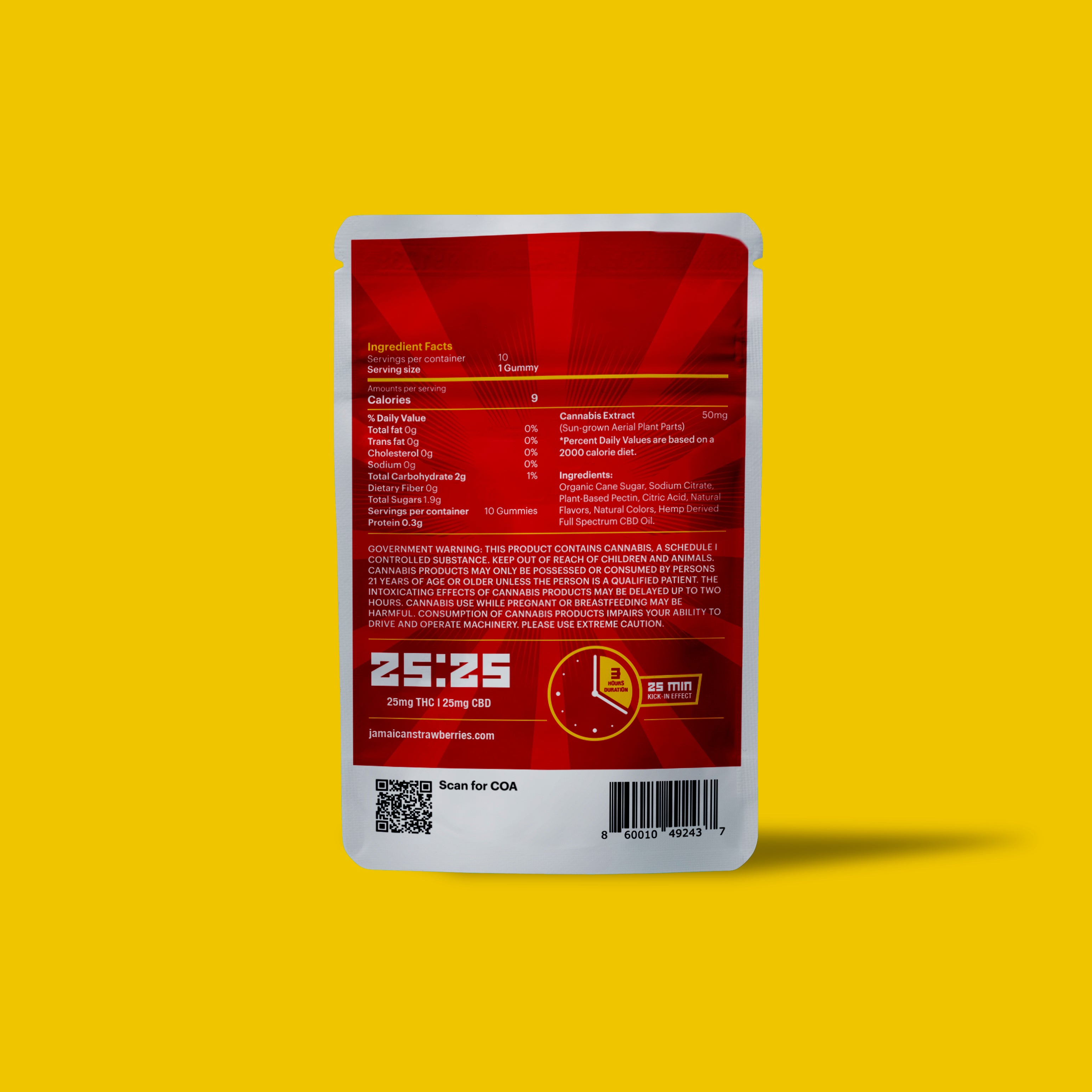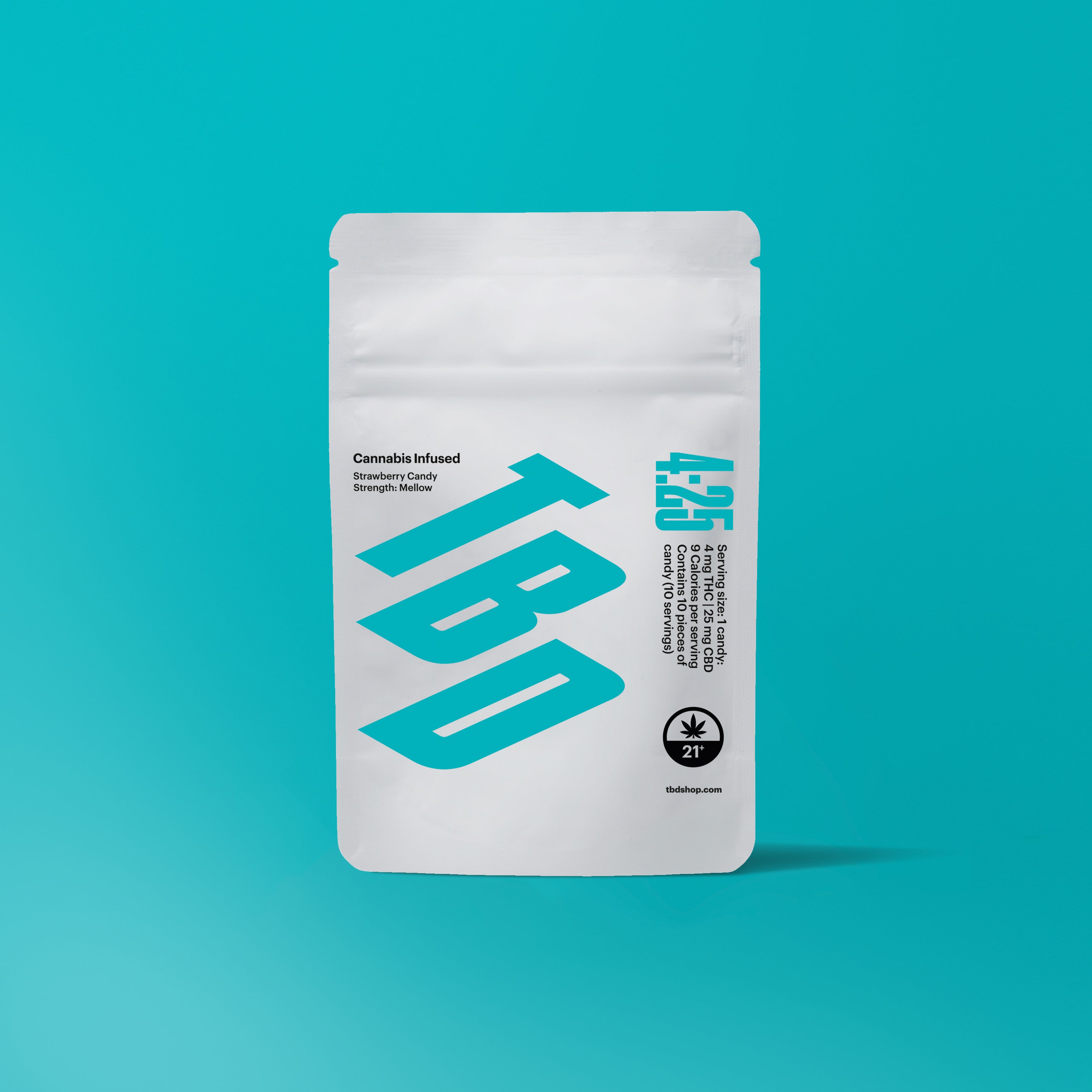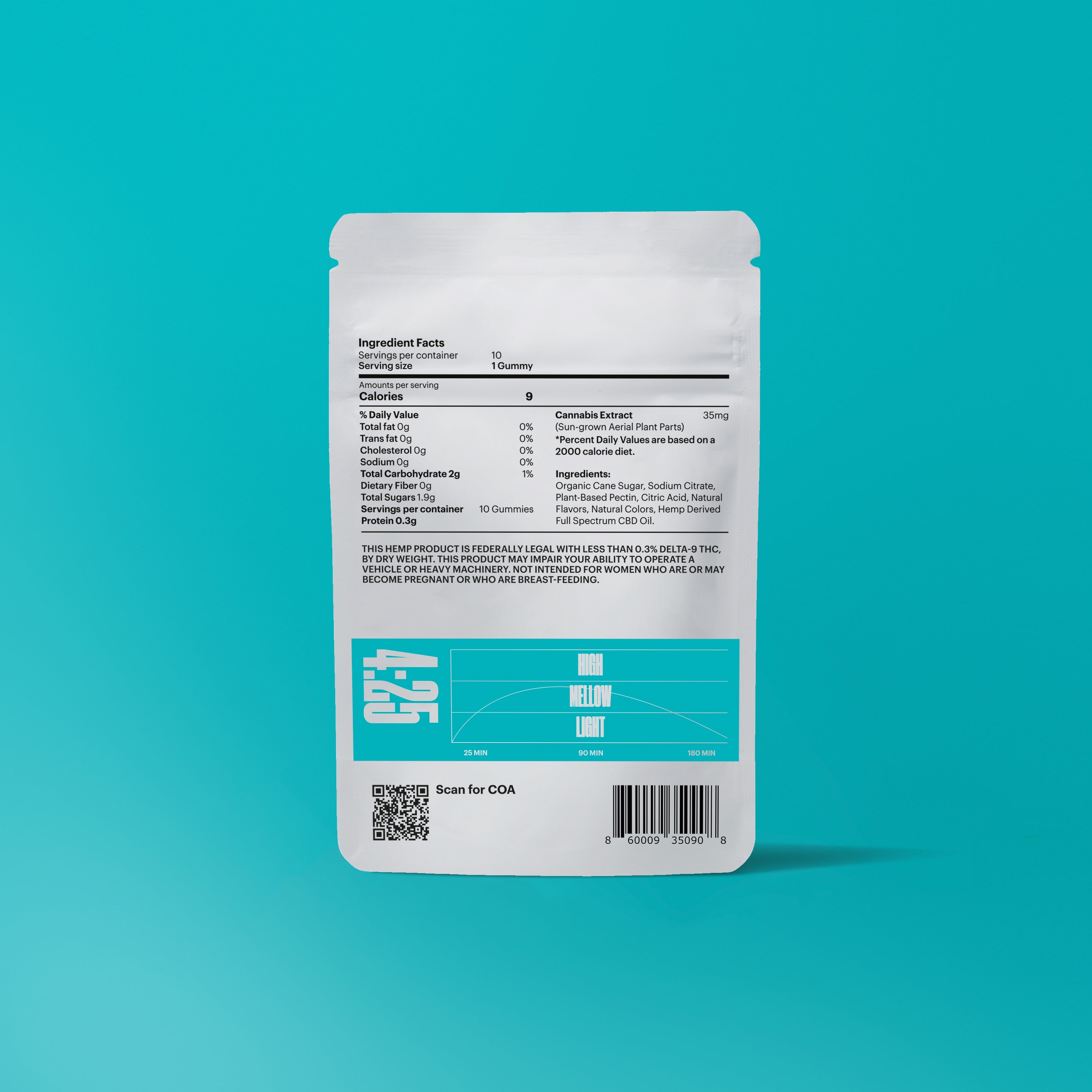How Cannabis Traveled from California’s Underground to the Heart of American Culture
A chronicle in 10 chapters—from borderlands and beat poets to boardrooms and billboards.

This was before full legalization.
Adult-use wasn’t on the books yet, but dispensaries were opening anyway. Some had permits. Most didn’t.
In California, you paid $70 cash to a doctor who barely made eye contact, and walked out with a laminated card. That card got you into a storefront tucked behind a nail salon or up a staircase above a mattress store.
In some states, smoke shops just started selling flower under the counter. No paperwork. No excuses. You could ask if it was medical, and they’d say, “If you want it to be.”
The inside of those shops started changing. The jars were still there—but now they had custom labels. Budtenders wore polo shirts with logos. There were reward programs. Punch cards. Flat screen menus. Deals on Tuesdays.
And then the money showed up. Quiet at first.
Guys who owned strip malls. Former nightclub promoters. Real estate fix-and-flip types who knew how to find a distressed asset and turn it into a business. They didn’t care about the plant. But they knew the rent was cash, the margins were high, and nobody knew how to compete yet.
They called themselves “advisors.” Or “operations.” Sometimes they just didn’t say.
They asked about security footage and cash flow. They wanted three stores before the laws caught up.
They didn’t ask what strain helped with anxiety. They asked what sold fastest in twenty-sack sizes.
They didn’t know the plant. But they knew how to get in early.
And that was enough.

***
Location: Midtown Manhattan, 2017
They arrived thirteen minutes late. Not enough to be rude—just enough to imply deal velocity. Three of them. Coordinated black-on-black outfits, no ties. The deck was already loaded on the screen. One opened a MacBook, didn’t touch it again. Another unfolded a slim notepad but never wrote anything down.
The title slide read: Sovereign Growth Systems™ – Infrastructure for a Legal Future.
They introduced themselves without bios. Everyone in the room already knew who they were. The one in the center did most of the talking—Stanford MBA, ex-Blackstone analyst, raised two rounds before his thirty-third birthday. He didn’t over-explain. He didn’t pitch. He outlined.
Twelve indoor facilities. Four states. One in design-stage in Alberta. Each modular, AI-assisted, with full vertical integration: cultivation, packaging, logistics, and point-of-sale. The model, they said, was infrastructure-first—“Think Prologis, but with plants.”
They had CAD renders of the facilities. They had energy models. They had water-recapture plans and redundancy across every phase of the grow cycle. They had a menu of terpene profiles, SKUs, and a three-year expansion plan based on legislative trendlines. It sounded more like a zoning pitch than a cannabis company.
The questions came early. Not softballs. Real ones.
“How are you protecting against pricing collapse?”
“We’re assuming it. That’s why we’re targeting the lowest dollar per gram cost in each jurisdiction.”
“What’s your plan for consumer brand building?”
“We’re not building a brand. We’re building the platform that brands will license.”
“Distribution?”
“On-site retail where allowed. Third-party logistics where not. No middlemen. Margins are already thin—we're building defensibility through control.”
The answers were sharp. Almost too sharp. Nobody interrupted. Nobody smirked. One of the older guys—the one who'd built his money in warehousing, not venture—scribbled something down for the first time at slide 32.
They finished at 42 minutes on the dot. Shook hands. Said thank you. Stepped out.
The door clicked shut. Everyone stayed seated.
“Well,” someone said finally, “they’ve already raised two hundred million. In a way, they’ve already succeeded.”
Someone else said, “Or already failed.”
There was a short pause.
Another voice, calm: “Isn’t it called weed because it grows like weed?”
That cracked it.
“They’re building billion-dollar boxes for something that takes sunlight and dirt.”
“And dries in thirty days.”
“They’re building out logistics for a product that’s more fragile than spinach.”
“The whole play is based on control. But nothing about this category has ever been controllable.”
No one laughed. No one argued.
No one followed up.
***
Legalization didn’t create a level playing field.

It created a stampede.
Cities rushed to zone. States rushed to license. Investors rushed to buy whatever looked legal. In some places, the permit alone was worth more than the property it covered.
Warehouses got leased before they had doors. Strip malls became dispensaries overnight. Farmland outside Salinas was flipped three times before a single seed hit soil. Humboldt farmers who once sold pounds out of duffel bags now had LLCs, QuickBooks, and three layers of compliance.
Everyone talked about vertical integration. “Seed to sale” was the dream. You grew it, packed it, shipped it, sold it. It looked clean on a pitch deck. It looked insane on a spreadsheet.
Growers became landlords. Landlords became CEOs. Drug dealers became “legacy operators.” And finance guys—guys no one would trust to grow a tomato—showed up with family office money and a plan to build the Amazon of cannabis.
One deck said Colombia was the future—equatorial sun, cheap land, two harvests a year. A few calls got made. A few hundred million followed.
They called it weed for a reason. It grows fast. It grows everywhere. That was supposed to be the magic. But when you build an entire industry on grow infrastructure, and the plant turns out to be the easiest part? That magic disappears fast.
Billions poured in. Most of it came from people who’d never worked with the plant. Some came from people who’d never even smoked it.
They built fast. Leased big. Hired early. Branded everything.
The industry didn’t know what it was yet. But it was growing anyway.
From Humboldt to Desert Hot Springs, cannabis got poured into concrete, sealed in drywall, and written into leases that outlasted the companies that signed them.
The plant grew fast. But the facilities grew faster.
And when the customers didn’t show up in the numbers promised—
When taxes ate the margin—
When the debt came due—
It all slowed down.
Then it cracked.
By 2020, the industry had built itself into a corner.
Oversupply hit first—too much flower, too fast, and nowhere to put it. Prices collapsed. Dispensaries started offering two-eighths for the price of one and still couldn’t clear inventory. Growers harvested on schedule but stopped planting.
Regulations didn’t help. They got tighter. Every box needed a fee. Every label needed state approval. What could be sold last quarter now needed re-testing or repackaging. Rules changed constantly. Local inspectors said one thing. State licensing said another. Compliance cost more than the crop.
The taxes killed margins. The profit was gone before the product reached the shelf. Most operators were losing money just by staying open. Some tried to hold on, taking out loans or selling off equipment. Others simply walked away. Thousands of legal farms let their licenses expire. They didn’t hold press conferences. They just disappeared.
Even the ones who stayed in the legal system couldn’t stay legal all the time. Everyone had overflow. Everyone had weight they couldn’t move. So they sold it anyway—off the books, outside the system. It wasn’t a secret. It was the only way to survive.
The black market, which had never really gone away, came back in force. California-grown flower—high quality, fully trimmed, vacuum-sealed—started showing up on the East Coast again. In New York, the street weed got better overnight. No seeds. No shake. Just the same product licensed stores couldn’t sell, rerouted through the back door and into a different kind of supply chain.
And the weed itself? It was stronger than ever. At Woodstock, flower tested around 5 to 7 percent THC. By the 1990s, prohibition pressure had already pushed potency up toward 20. By 2023, many legal cultivars were hitting 30 consistently—and some indoor cuts started brushing 40, even 45, under the right lights. The genetics had been stretched. The labs had been trained to chase numbers. The goal wasn’t balance. It was marketing.
People didn’t ask how it felt. They asked how strong.
The highs got harder. The comedowns got heavier. People weren’t smoking to open up anymore. They were smoking to get away.
The shelves stayed full. The brands kept changing. But the soul of the thing—the why—kept fading.
***
Q3 2024 – Greenbridge Holdings
The numbers weren’t good, but you wouldn’t know it right away.
The call began like most of them do—slightly late, full of optimism, and moderated by someone with a calm voice who’d been through worse. There was a script. There was a strategy. There was no mention of layoffs.
Revenue was down 21% year-over-year. Adjusted EBITDA was negative again, for the third quarter in a row. They blamed “macro headwinds,” “pricing pressure,” and “regulatory churn”—which is how you say the market’s collapsing when you're legally required not to spook investors.
They had closed seven stores. They called it “strategic optimization of underperforming retail units.” They had too much inventory. That became “SKU rationalization.” They were restructuring their debt—again—but this time it was “a proactive liquidity event” with “long-term strategic upside.”
No one on the call asked why every quarter seemed to end with a liquidity event.
The CEO, who had once run a smoothie company into a successful exit, spoke in the practiced cadence of a man who’d said the phrase “strong fundamentals” so many times he’d convinced himself they still existed.
The CFO walked through the numbers with the emotional range of a weather app. Cash burn, asset impairments, debt maturity buckets—it was all in there. But the real story was between the lines: the business wasn’t dying fast, it was dying slowly, in compliance with GAAP.
Then came the Q&A.
An analyst from Crescent Ridge asked about the inventory write-down.
“Primarily legacy flower that didn’t meet our current sell-through velocity,” the CFO said.
Which meant: We had too much weed, and no one wanted it.
Another analyst asked if they still expected to hit break-even EBITDA in 2025.
“We’re not pulling the guide at this time,” the CFO said, which in earnings-call language means: We are absolutely going to miss it.
No one was panicking. That wasn’t the tone. These were professionals. They didn’t yell or flinch. They just said things like “disciplined cost control” and “realigned go-to-market priorities.” They talked about “building durable value.”
They did not mention the layoffs. They did not mention the accounts payable backlog. They did not mention that two of their vendors had gone out of business last month without notice.
By the time the call ended, the stock was down 11%. No one on the call acknowledged it. That would have been unprofessional.
The CEO signed off. The CFO muted. The IR lead said thank you. The line disconnected.
Somewhere, on a Bloomberg terminal, an alert went out:
Greenbridge Holdings misses Q3 estimates. Guides unchanged. Stock falls double digits.
That was the official version.
The unofficial version was simpler:
They built a billion-dollar company selling a product that expires in a month, in a category taxed like poison, to a customer who never asked for an app.
And no one knew what came next.
***
The billboards came down.

The founders vanished, or became obnoxious on LinkedIn. There were no more press releases. No more pop-up shops with curated playlists and influencer campaigns. Just dispensaries that looked like hardware stores again. A jar on the counter. A customer who didn’t need help. They already knew what they wanted.
Most of the early capital had gone to scale—big plays, not smart ones. The venture money backed companies that talked like CPG firms and burned through cash with the confidence of tech startups. They hired fast, marketed hard, and failed quietly. The companies with actual product knowledge—those with loyal followings, small-batch consistency, and any connection to the plant—rarely made it past the Series A call.
The operators who understood weed were priced out of their own field. The ones who stayed solvent had to scale back to survive. The ones who didn’t either folded or sold for pennies. Everyone else kept going on fumes or loans. By 2024, most of the big multi-state operators were carrying massive debt loads—deals made during the peak that no longer penciled out. They borrowed to grow and borrowed again to stay alive.
Something else had shifted too. In 2018, the Farm Bill had passed. It legalized hemp federally—0.3% THC or less, by dry weight. It cracked open a new lane, and business moved slow at first, then fast. Free market will always find a way.
First it was CBD. Then it was THC made from hemp. Overnight, the same molecule that required millions in licenses, audits, and zoning laws could be sold through Shopify.
This was where innovation came back. Without layers of regulation or bloated overhead, the best products started to emerge—fast, clean, and built for real people. New ratios. Better delivery systems. Thoughtful formulations that actually prioritized effect. THC and CBD, working together the way they were always meant to. The category moved faster than the licensed world ever could, because it wasn’t built for politics. It was built for performance.
Meanwhile, cannabis as a whole never stopped growing. The legal industry was heavy with debt and compliance, but the rest of the market didn’t slow down. The black market flourished. The grey market adapted. Every time a state tightened the screws, five more unlicensed growers found a new outlet. New York was flooded with California flower. Some of the best weed on the East Coast came from farms that had let their licenses expire six months earlier.
Cannabis didn’t shrink. It spread. Through basements, through smoke shops, through unregulated storefronts. It moved across state lines, through text threads, through QR codes. It grew faster than anyone could police and cleaner than most licensed operators could afford to produce.
The licensed market had the infrastructure. But the rest had the customers.
The plant was fine.
It was everything around it that broke.




